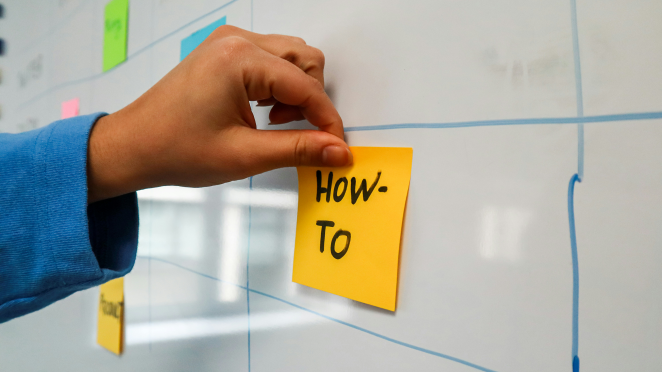Main content
Image

Planned activities
Examining the operation of logistics stakeholders and their potential needs
- Summarize insights from other projects regarding logistics stakeholders’ needs
- Develop a common interview guide
- Establish contact with logistics stakeholders
- Interview logistics stakeholders regarding current state and potential deployment of electric commercial vehicles
- Summary of the necessary prerequisites for deployment expressed bylogistics stakeholders
Mapping and analyzing power and energy requirements
- Mapping logistics entities in the participating city and regions based onthe outcome from the inverviews and findings from other projects
- Additional interviews with relevant stakeholders, e.g., local energy companies
- Initiate analysis of potential requirements for energy and power at relevant sites
- Initiate exploration of potential solutions for supplying energy to the logistics entities and public charging spots, such as load balancing
- Summary of power and energy requirements from each use case
Demand for new services attributed to electrified logistics
- Exploring potential emerging services provided by private and/or public actors to support the transition towards electrified logistics such as:
- Public charging infrastructure
- Booking services for charging
- Digital platform for sharing public charging infrastructure
- Other services
- Supporting charging infrastructure with renewable local energy, energy storage and other means to increase resilience and ensuring supply
- Conducting workshop with relevant stakeholders based on insights from data gathering
Governance: the role of public actors in supporting the electric transition in logistics
Based on the insights gathered from logistics stakeholders and from the workshop in activity 3:
- Exploring the role of public authorities and organizations in supporting the logistics sector by interviewing public partners and summarize insights from other projects and initiatives
- Workshop with relevant stakeholders to discuss the role of public actors
- Conducting a guideline regarding the most desired measures for supporting the electric transition
Communication and dissemination
- Communication plan to create an active dialogue between public and industry/logistics stakeholders
- Dissemination of the action plan through relevant networks such as EIT Urban Mobility and ALICE
- Knowledge sharing with other relevant projects such as SCALE
- Final conference disseminating the final results of the project
